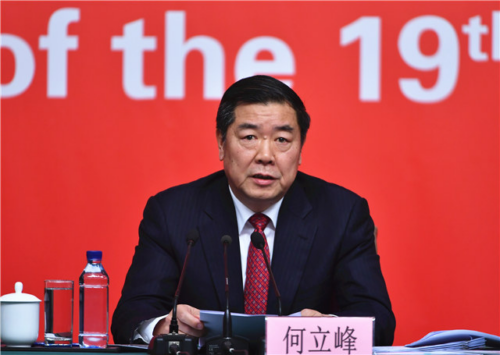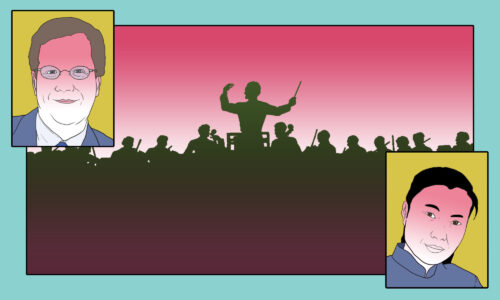Sinica Podcast: The occupation of LegCo, and mainland Chinese reactions

This week, we speak again with Antony Dapiran, a corporate lawyer in Hong Kong and the author of City of Protest: A Recent History of Dissent in Hong Kong, to catch up on the fast-moving events in the former British colony. Antony talks about the occupation of the Legislative Council (LegCo) building by protesters, the curious decision by Hong Kong authorities to allow the occupation of that building — which has usually been a red line, to be defended at all costs — and the support that this seems to have within the broader movement. We also discuss reactions of mainland Chinese to events in Hong Kong and ponder what could come next.
Listen to Antony’s earlier interview on Sinica:
Umbrella Revolution 2.0 – or something else? Antony Dapiran on the Hong Kong demonstrations
What to listen for on this week’s Sinica Podcast:
4:51: July 1 is a public holiday in Hong Kong that celebrates the creation of the Hong Kong Special Administrative Region. This year, members of the Legislative Council, including Chief Executive Carrie Lam, celebrated a bit differently, as Antony recounts: “Traditionally, the morning of that day has been marked by a flag-raising ceremony at [Golden] Bauhinia Square at the convention center, which was the site of the ceremony itself…This year, protestors had indicated that they were planning to protest that flag-raising ceremony. And, as a result, the whole area was sealed off by police. Carrie Lam and all the dignitaries were forced to watch the flag-raising ceremony from inside [the LegCo building].”
8:19: Antony describes the scene around the LegCo building on the afternoon of July 1. After “a good six or seven hours” of the protestors “battering away” at tempered-glass windows, protestors breached and briefly occupied the building. The passivity of the police puzzled onlookers. After protestors broke through, the police withdrew. Antony has doubts about the explanation given by the Hong Kong Police: “The police themselves said there were ‘operational challenges’ using things like tear gas and pepper spray, but again, I’ve seen them using those very tools in that same space before, so I don’t quite buy that.”
Another theory Antony has heard suggests that the Hong Kong government made a deliberate choice to “allow the protestors to do this, possibly as something of a calculated gamble that in doing this, they would do themselves a disservice or do some harm to their own image and cause the protests themselves to lose support across the broader community.”
13:57: Antony explains that the protestors vandalized the LegCo building in a “very targeted and highly symbolic fashion,” with a focus on “symbols of the Hong Kong government’s undemocratic control of Hong Kong and symbols of Beijing state power.” Books in the library were left untouched, and cash was left for drinks taken from refrigerators. However, in the main legislative chamber, individuals spray-painted over the portion of Hong Kong’s official emblem that says “The People’s Republic of China.” Antony: “Certainly, I think there was a sense that the way in which [the protestors] went about it was not a wanton act of destruction, but a carefully considered symbolic act.”
21:53: Antony forecasts what he thinks will ensue as a result of the continued dissatisfaction among the Hong Kong populace. More protests are to come, “in all of the 18 districts in Hong Kong over the coming weeks and months,” which could signal a call to action to the broader population outside of the central business district. “This movement is, in interesting ways, unlike past protest movements in Hong Kong, really spreading out among the people,” he states. “That combined with the desire to keep up the pressure from the protestors’ side is going to create a really interesting dynamic if the government can’t find its way to doing something to defuse the situation and start giving people something that they want.”
Listen now to: An update on the Hong Kong protests





